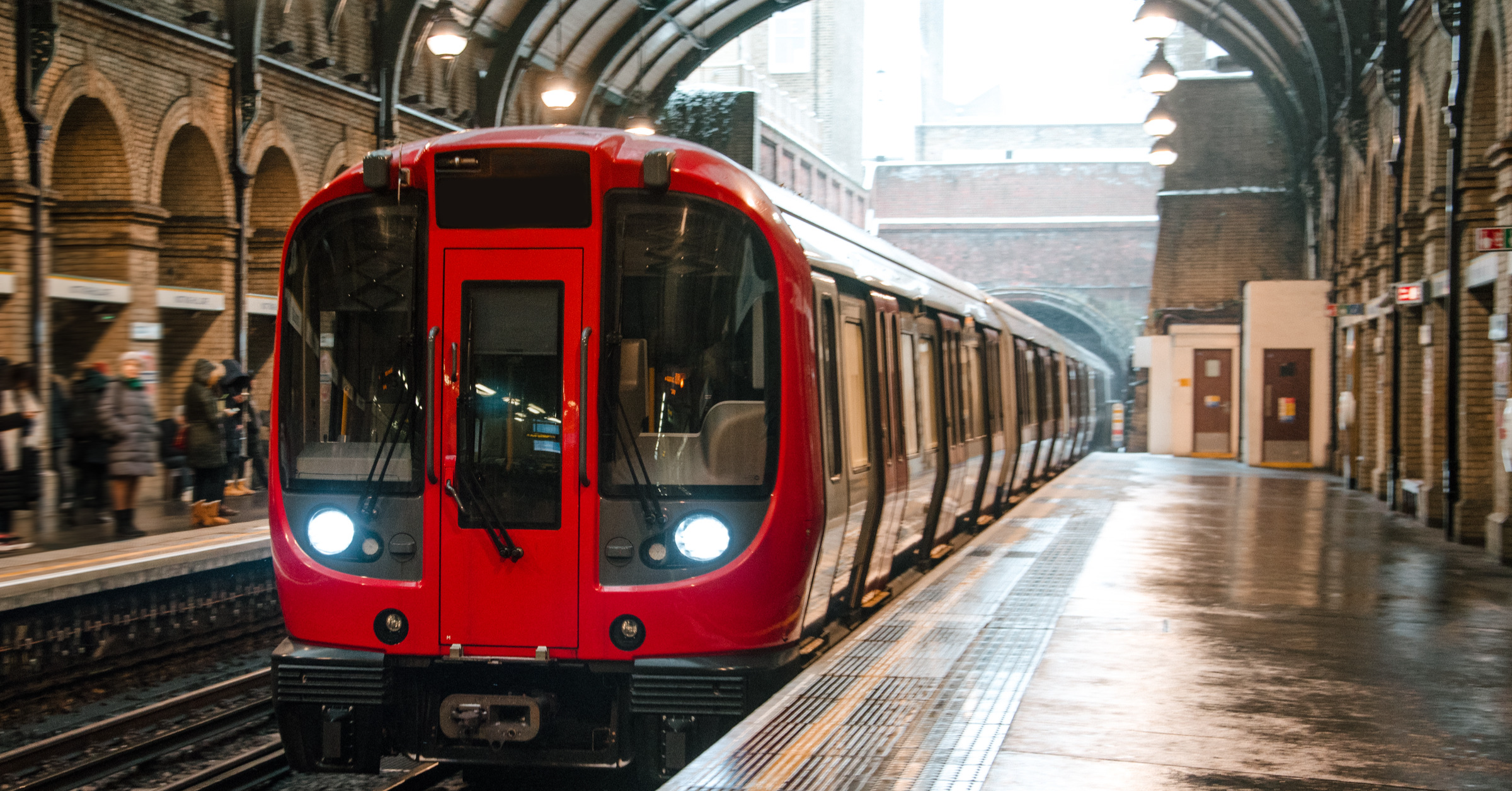Theft on the London Underground has increased significantly, particularly in popular tourist destinations.
New statistics reveal a rampant issue of pickpocketing on the London Tube.
Transport for London (TfL) data shows that overall crime on the Tube rose by 56% between April and September this year compared to the same period last year.
Despite an 11% decrease in passenger numbers, theft saw an alarming increase of 83%, while robberies rose by 107%.
TfL states that they are aware of thieves targeting busy places, including public transport networks, and are collaborating with the police to address the issue.
While theft is not uncommon on London’s trains, the recent surge raises concerns, and visitors to the UK capital are advised to stay vigilant.
In London’s Tube, pickpocketing is most likely to occur in busy transport and tourist hubs. Here are some key insights:
- Stations and Hubs: Busy transport and tourist hubs such as King’s Cross St Pancras, Leicester Square, and Oxford Circus are prime targets. Stations accounted for 39% of thefts, with King’s Cross St Pancras being a notable hotspot.
- Lines: The Northern Line is the most targeted route for on-train thefts, recording 676 offenses. The Jubilee Line and the Piccadilly Line also experienced a significant number of incidents.
- Robberies: While less common, robberies are more likely to take place at stations, constituting 59% of such incidents. Stratford, an East London shopping hub, had the highest number of targeted station robberies, with 14 offenses recorded between April and September.
- Timing: Weekends are particularly vulnerable, with 55% of thefts on the Underground occurring between Friday and Sunday. Additionally, during the evening rush hour (5 pm to 8 pm), 23% of thefts took place.
Visitors to London are advised to exercise increased vigilance, especially in these identified areas and during peak travel times.
While crime on London buses hasn’t increased as much as on the Tube, it’s essential to remain cautious. Here are some insights into areas where pickpocketing on buses is more likely:
- Westminster: This central London area, home to iconic landmarks like Big Ben, the Houses of Parliament, and Buckingham Palace, witnessed the highest percentage of bus-related offences, accounting for 14%.
- Southwark: Another notable borough, Southwark, which encompasses attractions like Borough Market, The Shard, Tower Bridge, and the Tate Modern, saw 9% of bus-related offenses.
- Bus-Related Robberies: The top three boroughs for bus-related robberies between April and September were Croydon in south London, Haringey in north London, and Westminster.
While traveling on London buses, especially in these identified areas, it’s advisable to stay vigilant to minimize the risk of pickpocketing and related offenses.
Amid increasing crime rates, 32% of Londoners have reported feeling worried on public transport, particularly on the Underground and buses, over the past three months. Concerns include drunken behavior, with females expressing higher apprehension. Anti-social behavior by youths and school children is more commonly encountered on buses, especially by male passengers. Overcrowding, threatening behavior, and instances of begging also contribute to the sense of unease, as revealed by a customer survey conducted by TfL. Seven percent of respondents in London have temporarily halted their use of public transport due to such worrying incidents.
To address the rising crime rates on the London Underground, several measures are being implemented to enhance safety:
- Staffing Concerns: The RMT (London transport union) has raised concerns about staff cuts contributing to increased crime. Frontline workers have noted the challenging environment.
- Police Patrols: TfL is deploying plainclothes police patrols in busy crime hotspots on the Underground to deter and catch offenders.
- CCTV Surveillance: TfL is utilizing its extensive CCTV network to monitor and identify individuals involved in criminal activities.
- Awareness Campaigns: Posters and public announcements through tannoys are being used to encourage customers to secure their belongings and report any suspicious activities to the police.
- Communication Channels: Various channels are available for reporting incidents, including informing staff, texting the British Transport Police on 61016, or using the free Railway Guardian App.
- Bus Network Reporting: Incidents on the bus network can be reported through the official Metropolitan Police website (www.met.police.uk) or by calling 101. In emergencies or when the suspect is still present, the emergency services should be contacted at 999.
To safeguard your belongings while traveling, consider the following tips:
- Use a Secure Bag: Opt for a bag with a secure zip or a money belt to prevent pickpockets from accessing your valuables.
- Pack Strategically: Place non-valuable items on top of your valuables in your bag. If using a backpack, wear it on your front, especially on public transportation like the Tube.
- Leave Important Documents: Avoid traveling with essential documents like your passport, large sums of cash, or high-value items. Keep them safely stored in your hotel room.
- Backup Important Data: Back up files on your phone, add an ICE (‘In Case of Emergency’) contact to your lock screen, and activate ‘find my phone’ services. Scan and email important documents to yourself.
- Use Tracking Devices: If traveling with a suitcase, consider using a tracking device like an AirTag to keep tabs on it in case it goes missing.
- Get Travel Insurance: Ensure you have travel insurance to cover any potential losses or emergencies during your trip.



